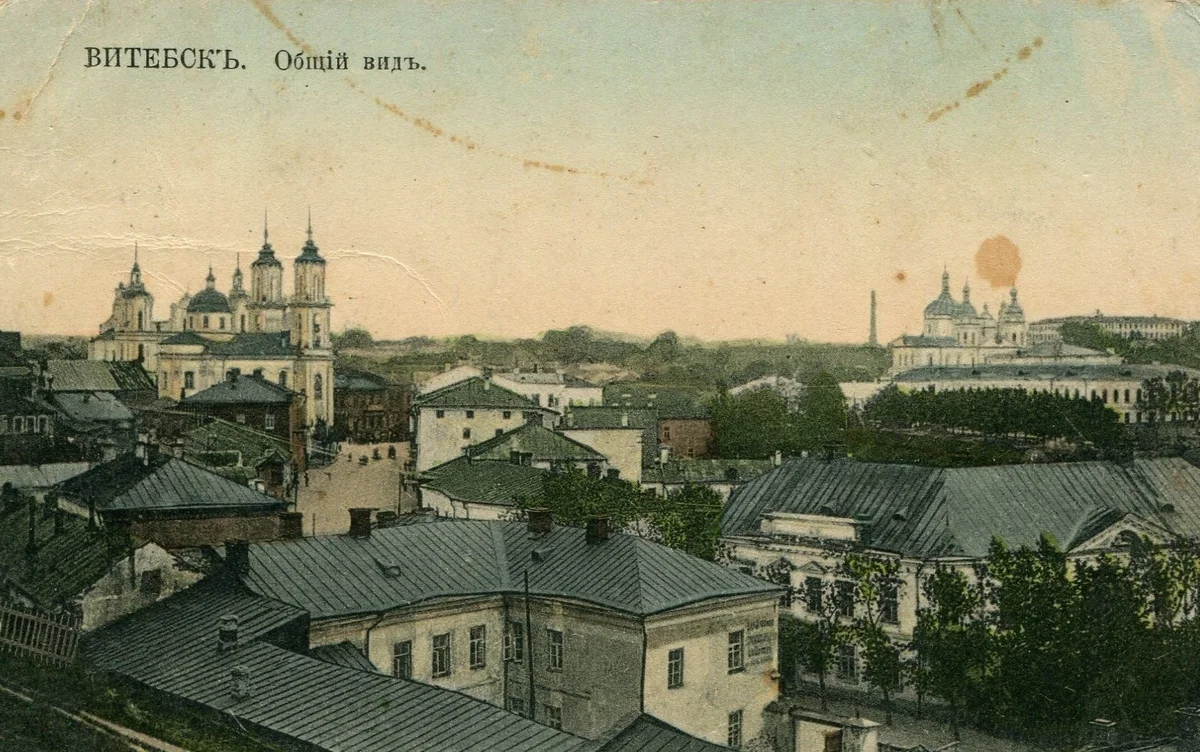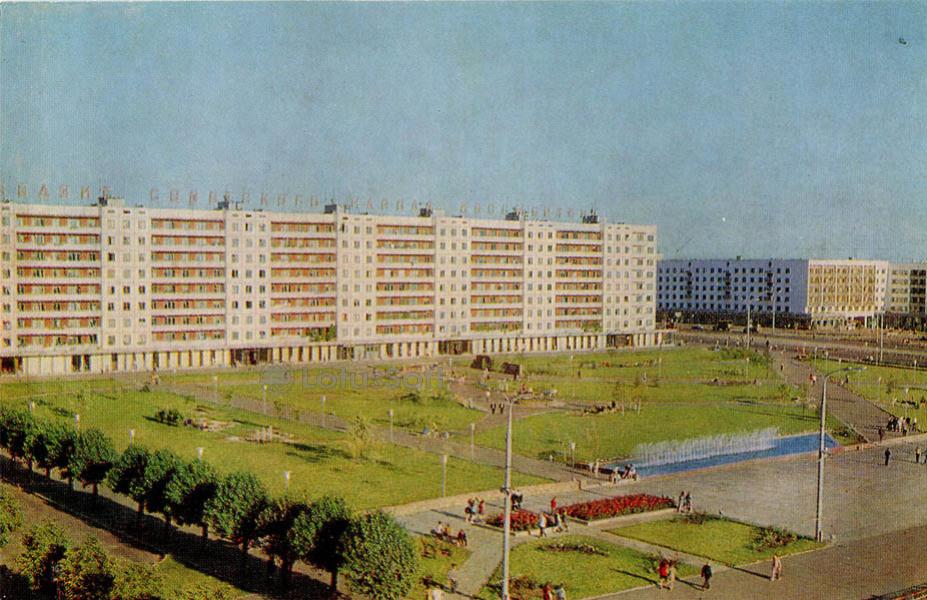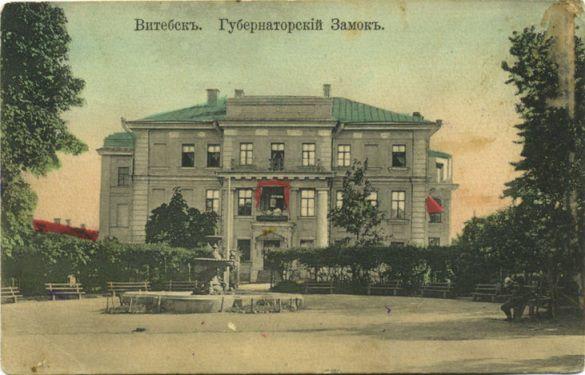Historical overview
Like most ancient cities of Eastern Europe, Vitebsk arose at the confluence of two rivers - the Western Dvina, which carries its waters to the Baltic Sea, and the Vityba, which gave the city its name.
According to legend, the city was founded by Princess Olga of Kiev in 974 and is mentioned in the old Russian chronicles since 1021. Located at the crossroads of the most important trade routes of antiquity ("from the Varangians to the Greeks" and the Great Volga (Bulgars), by the end of the 12th century Vitebsk became a center of craft and trade, becoming a center of the appanage principality, subordinate to the Polotsk and sometimes, Smolensk princes.
On the Zamkova Mountain was the residence of the prince, and below there lived simpler people - traders and craftsmen. Already in the XII century the first stone temple was built in the town - the Orthodox Church of the Holy Annunciation, where weight and length measures, used in trading operations, were kept; books and chronicles were copied; children were educated.
Old photos of Vitebsk
In general, Vitebsk has the appearance of contentment and prosperity. Everything is in order. Beautiful carriages and decently dressed people can be seen in the streets. The shops are full of goods, in general, Russian factories. The houses are painted, the roofs are in good order. At every step there is a noticeable concern for the amenities, the side streets are lined with clean and beautiful wooden houses. Catholic churches stand like giants between private buildings. The facades of these churches belong to Italian architecture. The flavor Greek mixed with Gothic forms. I extremely like this architecture, and I can't get enough of the churches.


